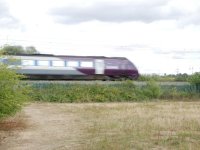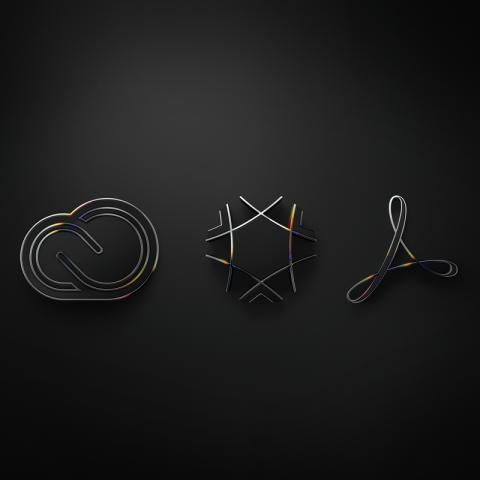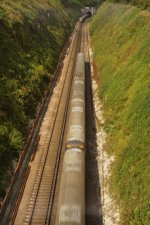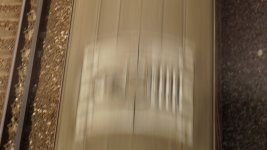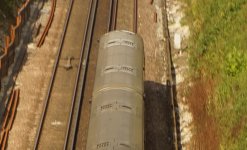What settings did you use Keith?
I don't know what the lowest ISO is, 200? So that's the first thing to set. Then you'll need a slow shutter speed and that'll mean a small aperture and very likely an ND to get the shutter speed down enough and that will probably create a problem for you as you very probably wont be able to hold the camera steady enough so out comes the tripod ior you'll need to find some other means of support

What you're doing is not an easy thing without looking at every step.
Lowest ISO possible + small aperture to get a slow shutter speed + very likely an ND + probably a tripod and even then you'll probably need a few goes to get a picture you're happy with.
I don't know if you have any ND's but if not you can pay pretty much whatever you want for a good one or a cheap set. I have a 10 stop which I think cost about £40 or more and I also have a couple of sets of 4 screw on ones which were cheap off ebay and they seem useable. I also have a square system. Some people report colour casts with the cheaper ones and even with some of the more expensive ones but I think I've been lucky as I haven't had any significant and obvious serious problems. In your place I think I'd go for a reasonably priced set from a name I recognise.
Good luck with it. It's a good idea

